Hijab Fabrics 101: Everything You Need to Know
When it comes to hijabs, the fabric you choose can make a big difference in comfort, style, and practicality. With so many options out there, it can be tough to know which fabric is right for you. In this guide, we'll break down the most popular hijab fabrics—Modal, Chiffon, Jersey, and Pashmina—and share the pros and cons of each. Whether you're dressing up for a special occasion or looking for something comfortable for everyday wear, this guide will help you find the perfect hijab fabric to suit your needs.
1. Modal Hijabs
Modal is a soft, breathable fabric made from natural fibers, often from beech trees. It’s becoming increasingly popular in the hijab world due to its luxurious feel and versatility.
Benefits of Modal Hijabs:
- Softness: Modal hijabs are incredibly soft and smooth, making them ideal for sensitive skin.
- Breathable: Perfect for hot weather as the fabric allows air to circulate, keeping you cool and comfortable.
- Drape: The material drapes beautifully, making it ideal for both casual and formal styles.
- Durable: Modal is less prone to shrinking, stretching, and fading compared to other natural fabrics.
Drawbacks of Modal Hijabs:
- Price: Modal tends to be more expensive than some other fabrics due to its premium feel.
- Slipperiness: Because of its smooth texture, it may require pins to stay in place, which can be a hassle for some.
2. Chiffon Hijabs
Chiffon is a lightweight, sheer fabric that is perfect for elegant and sophisticated looks. It’s a favorite for special occasions and formal events. Our Chiffon Hijab Sets come with a matching undercap, to provent slipping and provide comfort to your scalp.
Benefits of Chiffon Hijabs:
- Lightweight: Chiffon is light and airy, making it great for layering without feeling bulky.
- Elegant: The fabric's sheer and shiny finish makes it perfect for dressier outfits and formal occasions.
- Versatility: You can style chiffon hijabs in numerous ways, from simple wraps to more elaborate drapes.
Drawbacks of Chiffon Hijabs:
- Slippery: Chiffon can be tricky to keep in place and usually requires pins or an underscarf to prevent slipping.
- Sheer: Depending on the color, chiffon hijabs may need to be layered with an underscarf for better coverage.
3. Jersey Hijabs
Jersey hijabs are made from a stretchy, cotton-blend fabric that is both comfortable and practical. They have become a go-to for many women due to their ease of wear and versatile style.
Benefits of Jersey Hijabs:
- No Need for Pins: The stretchiness of jersey fabric means it stays in place without needing pins or clips.
- Comfort: Jersey is soft and breathable, making it a great option for all-day wear.
- Low Maintenance: Jersey hijabs are easy to care for, wrinkle-resistant, and perfect for busy lifestyles.
- Coverage: The material offers good coverage without being see-through, making it suitable for all occasions.
Drawbacks of Jersey Hijabs:
- Heavier Feel: Compared to other fabrics like chiffon, jersey can feel a bit heavier, which may not be ideal for very hot climates.
- Casual Look: While jersey hijabs are perfect for everyday wear, they might not be the best choice for more formal or dressy occasions.
4. Pashmina Hijabs
Pashmina is a luxurious fabric traditionally made from the wool of pashmina goats. It has a soft, warm texture and is often used during colder months.
Benefits of Pashmina Hijabs:
- Warmth: Pashmina is thicker and warmer than many other fabrics, making it ideal for cooler weather.
- Luxurious Feel: The softness of pashmina makes it feel incredibly luxurious and comfortable against the skin.
- Durable: Pashmina hijabs are long-lasting and become softer with each wear.
Drawbacks of Pashmina Hijabs:
- Bulkiness: Pashmina hijabs can be thicker and bulkier than lighter fabrics, which may not be ideal for those looking for a more streamlined look.
- Higher Maintenance: Pashmina requires special care to avoid damage, such as hand washing and air drying, which may not be convenient for everyone.
Conclusion: Choosing the Right Hijab Fabric for You
Selecting the right hijab fabric depends on your personal preferences and needs. If you're looking for an all-day, comfortable option, jersey hijabs might be your best bet. For something more elegant and formal, chiffon hijabs are a great option. For a luxurious feel, modal and pashmina hijabs offer softness and warmth, but with varying levels of maintenance required. Ultimately, having a variety of fabrics in your wardrobe will allow you to style your hijab based on the occasion, weather, and your personal comfort.
By understanding the benefits and drawbacks of each fabric, you can make informed choices and feel confident in your hijab styles. Whether you prioritize comfort, elegance, or warmth, there’s a perfect fabric out there for everyone.
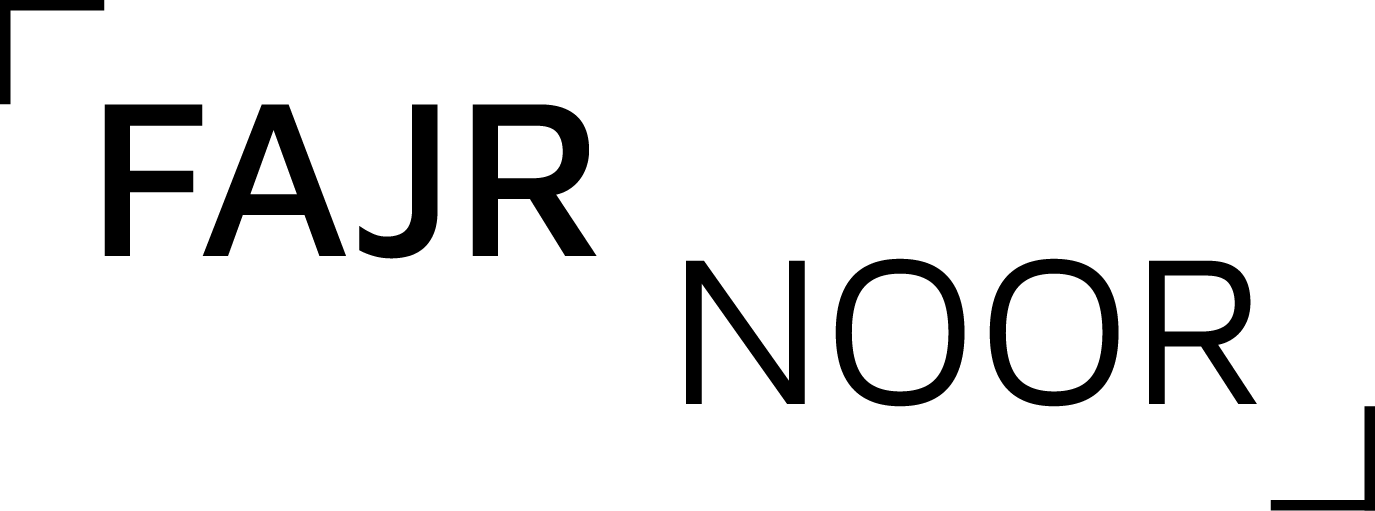

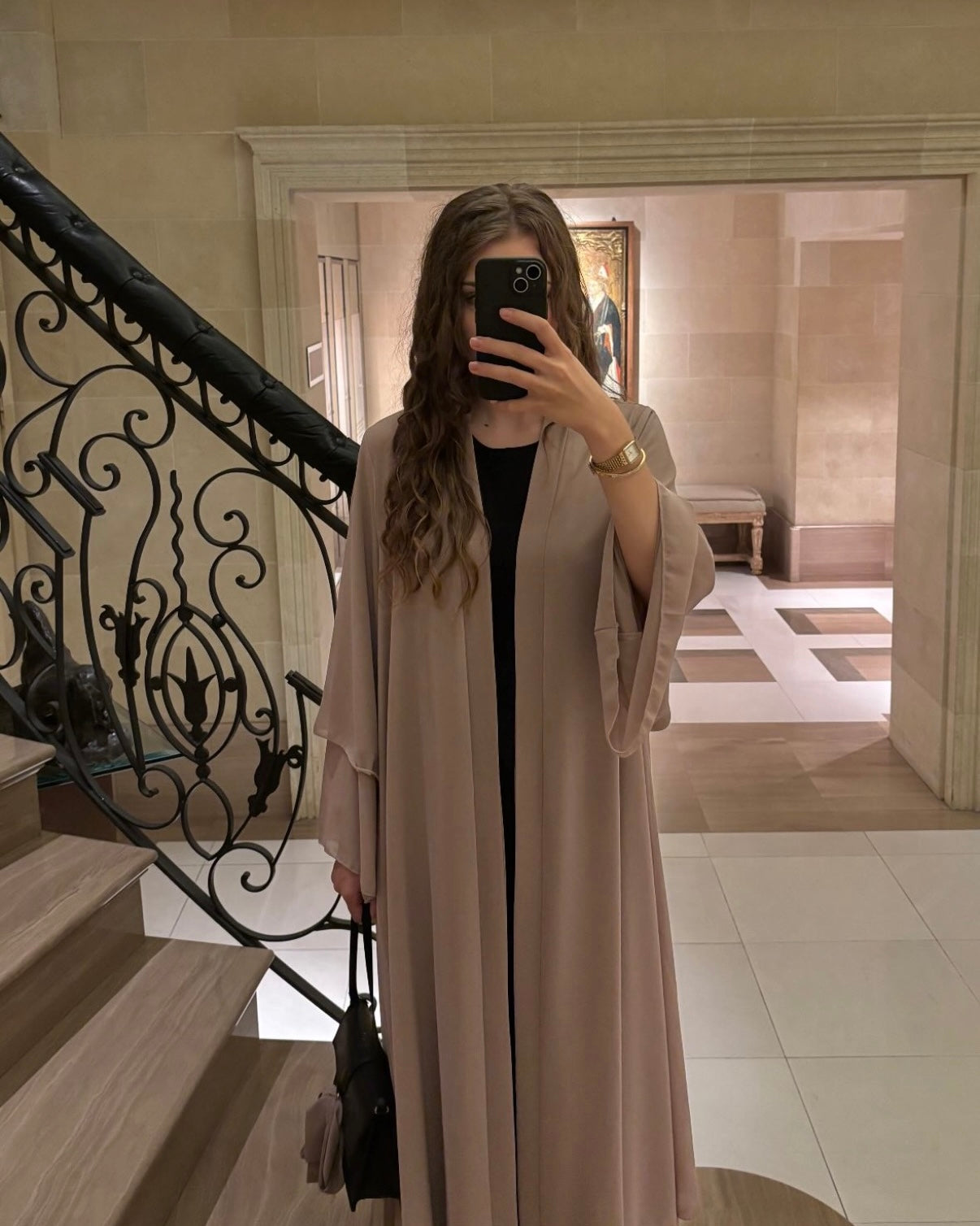
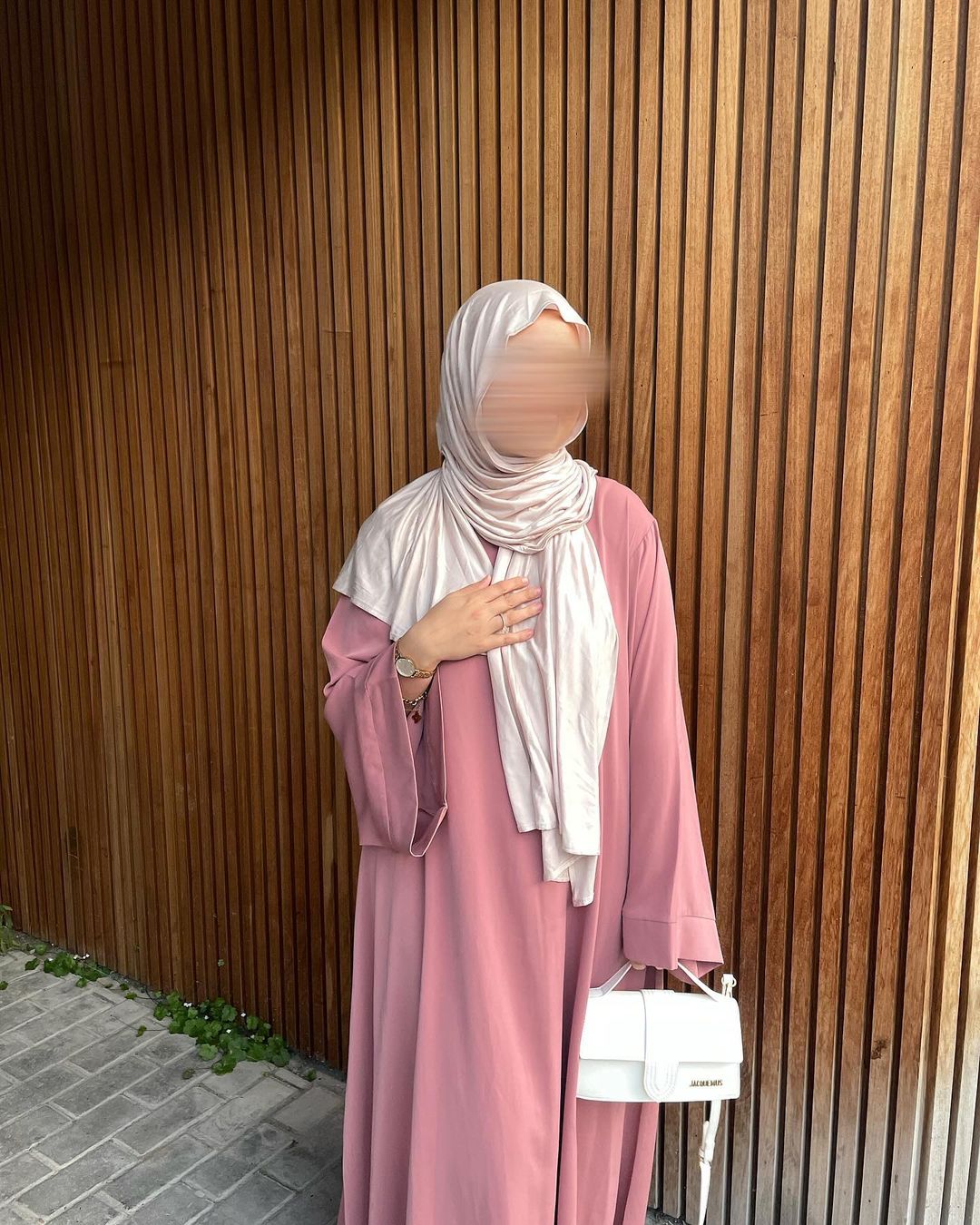



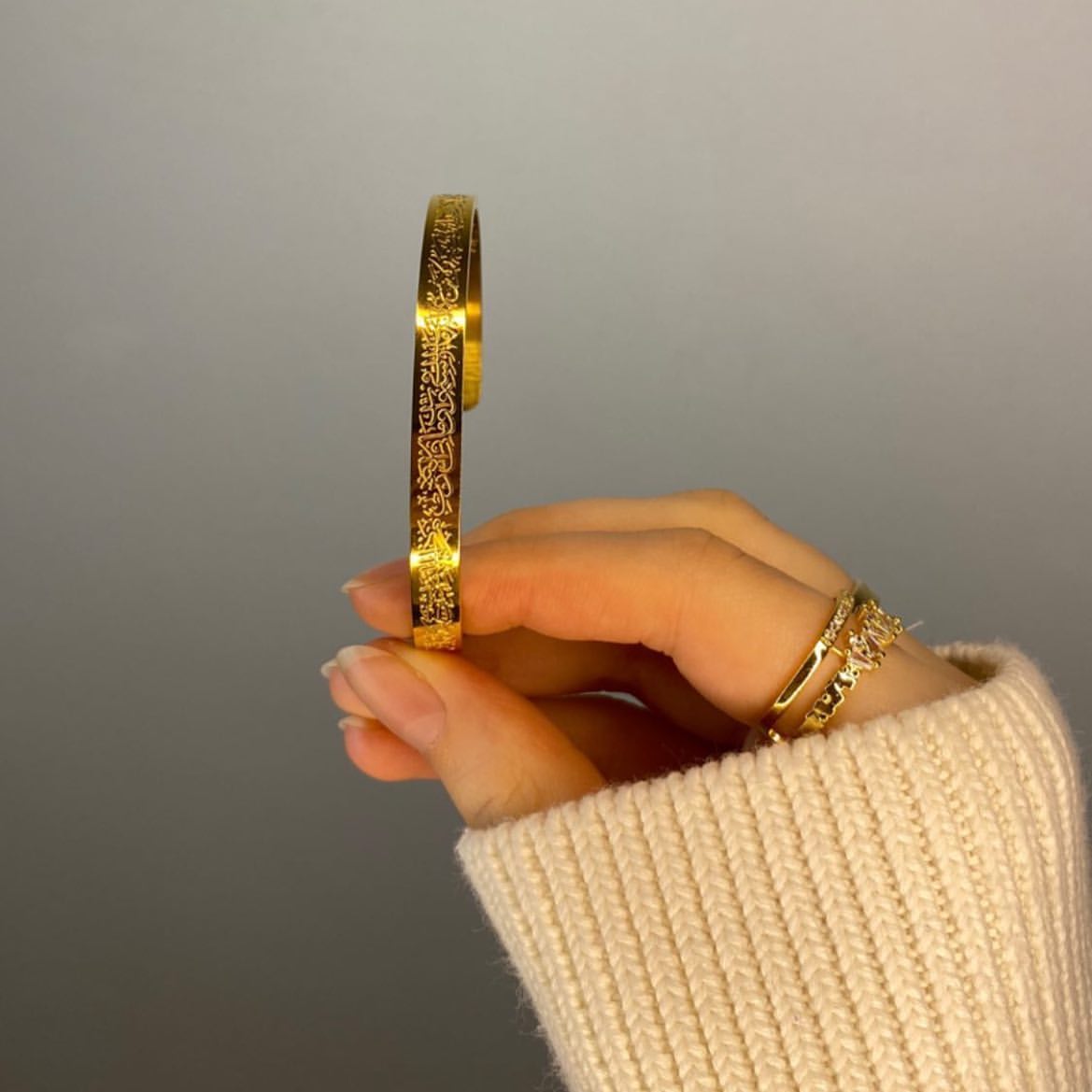
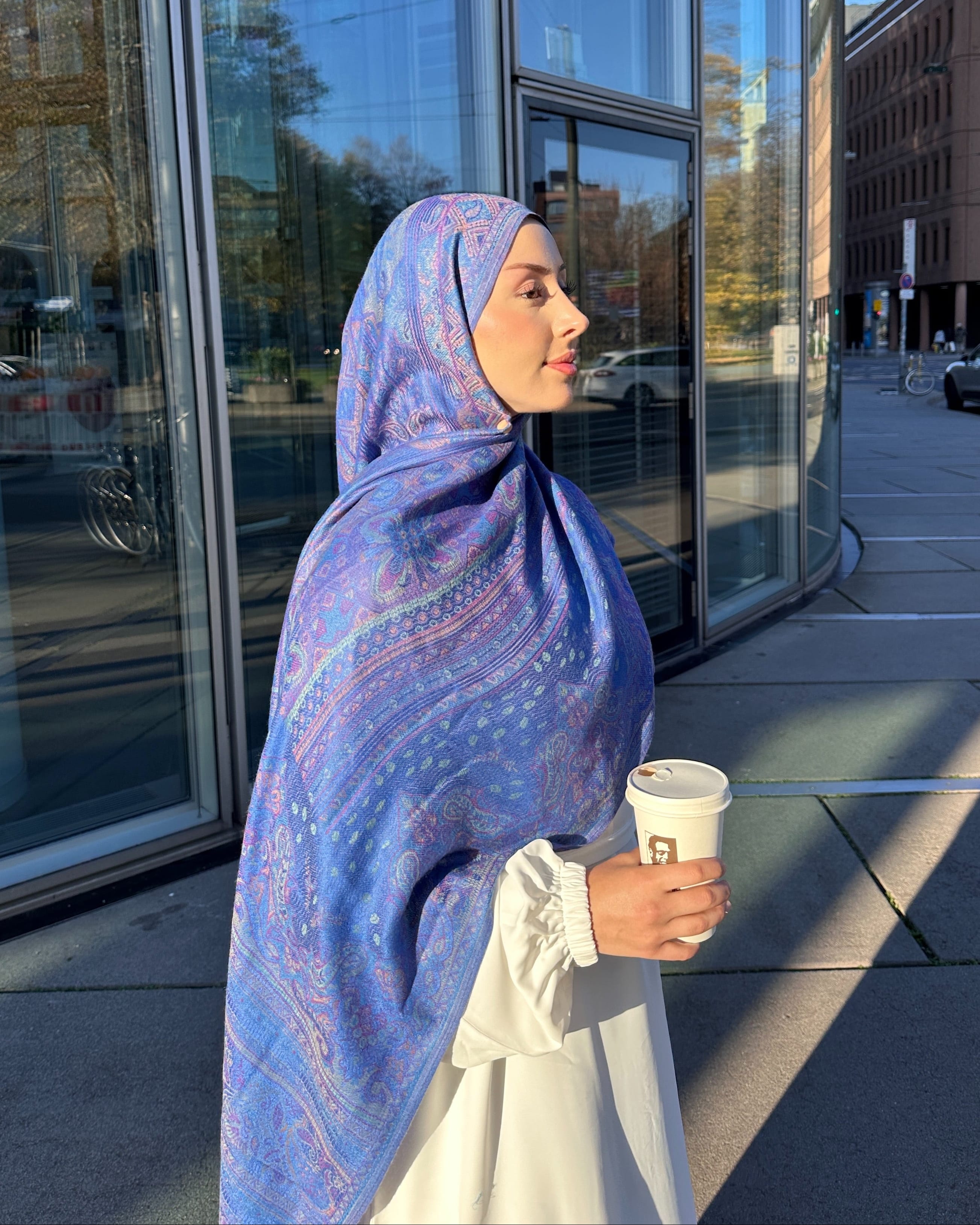
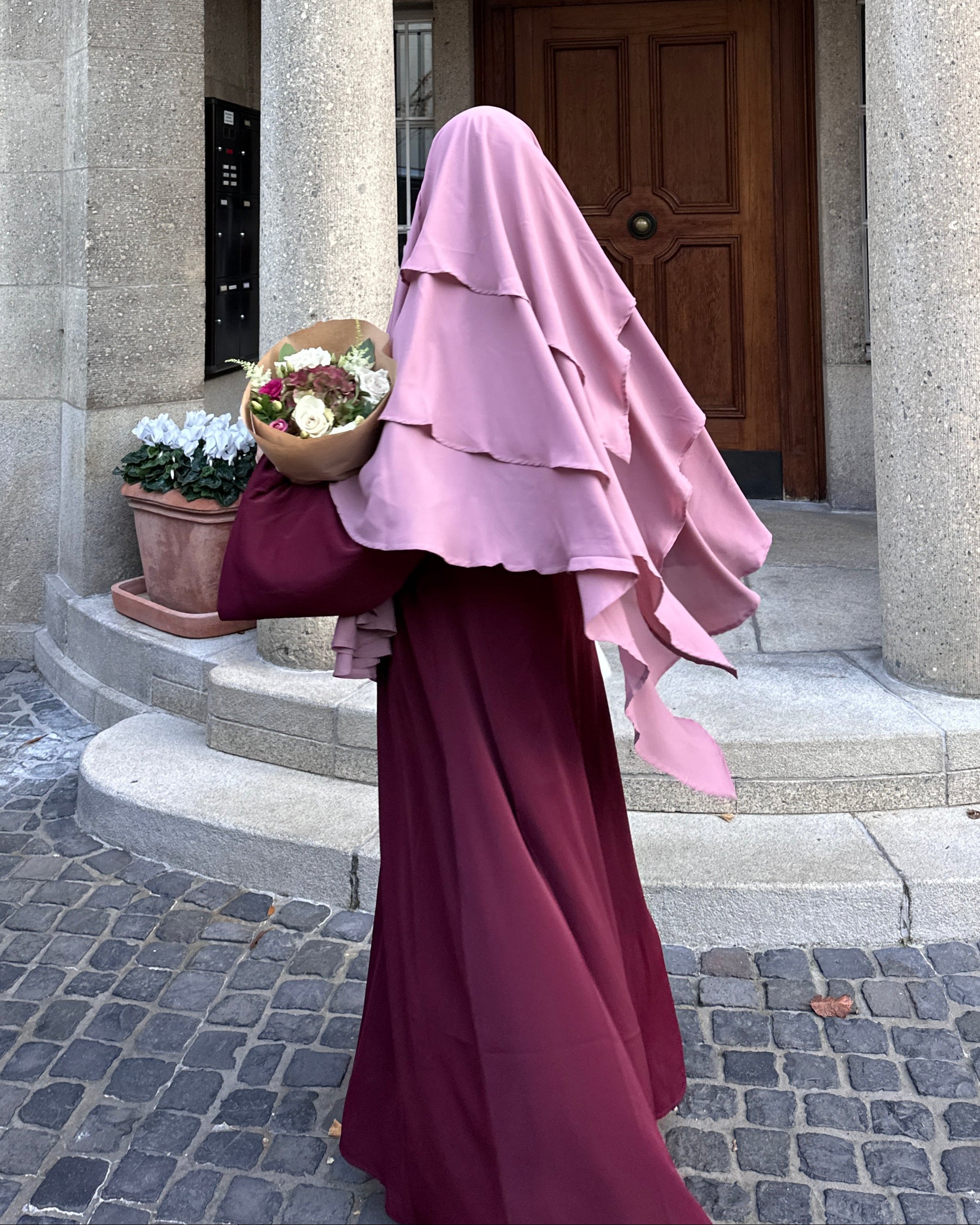


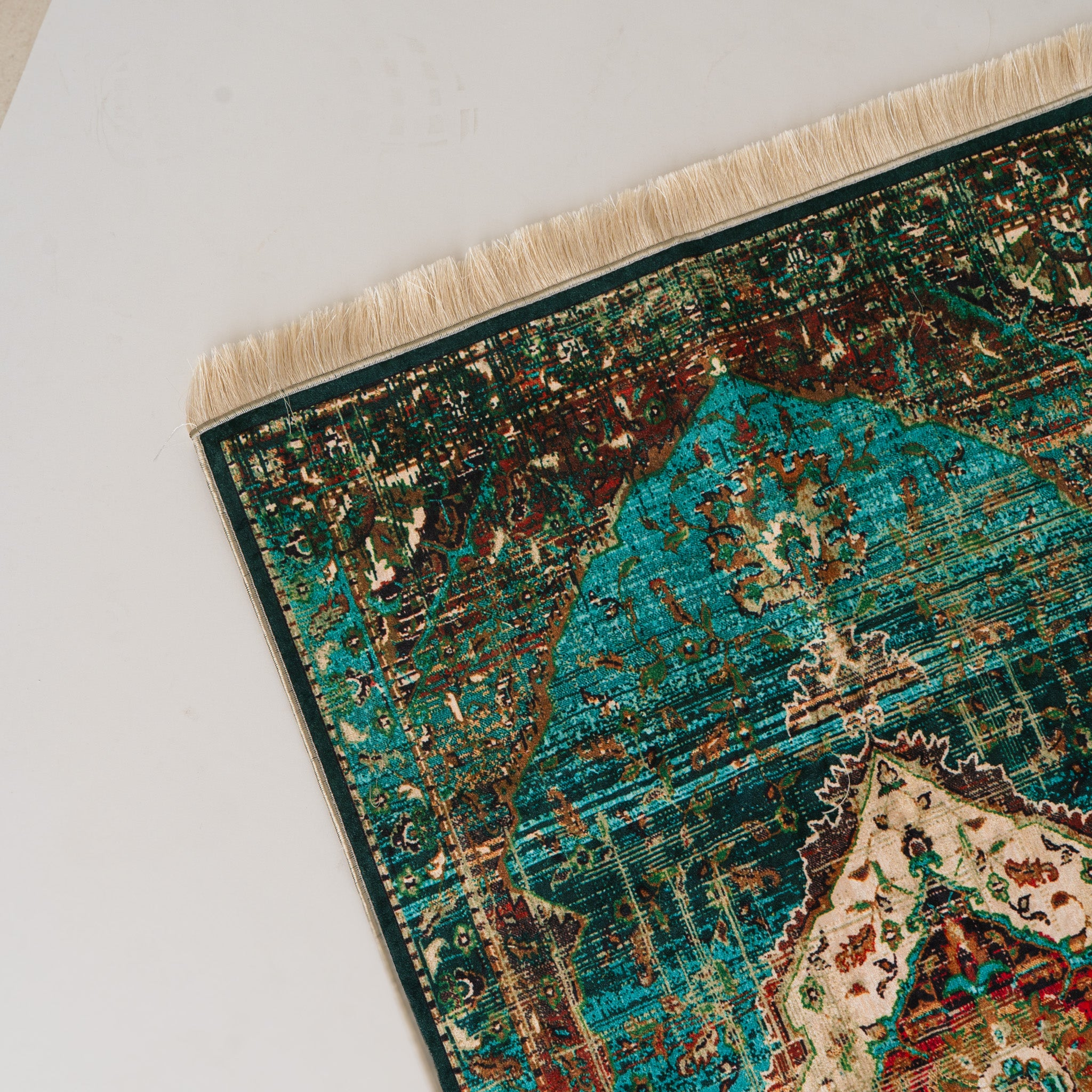

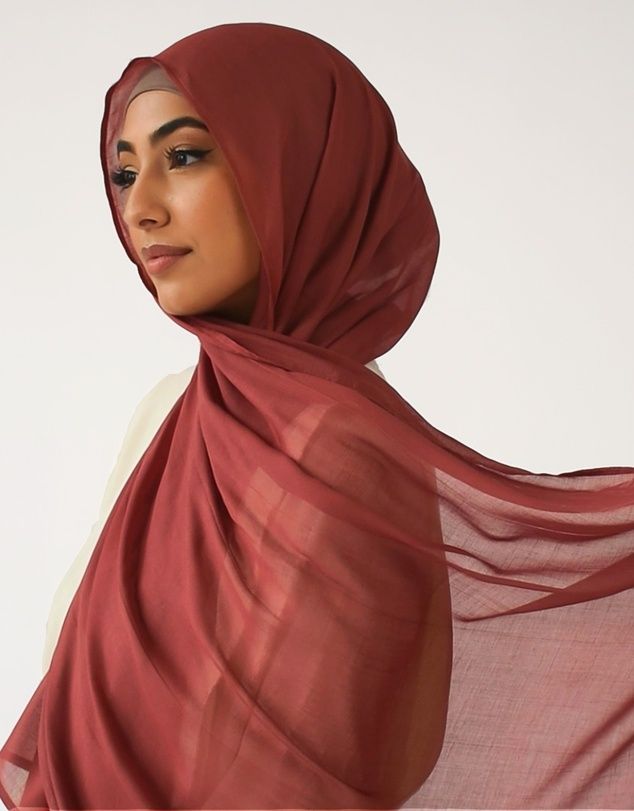
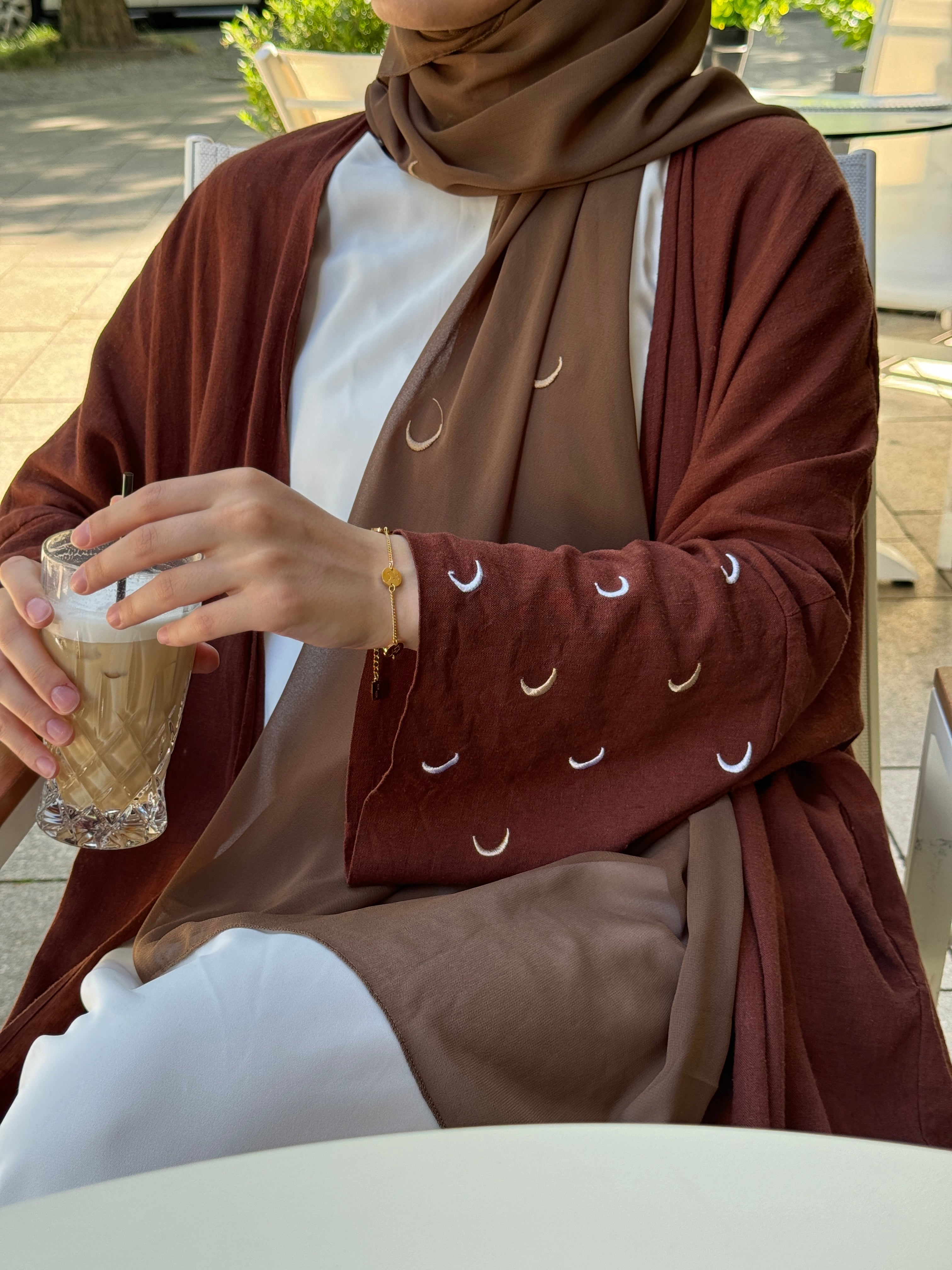
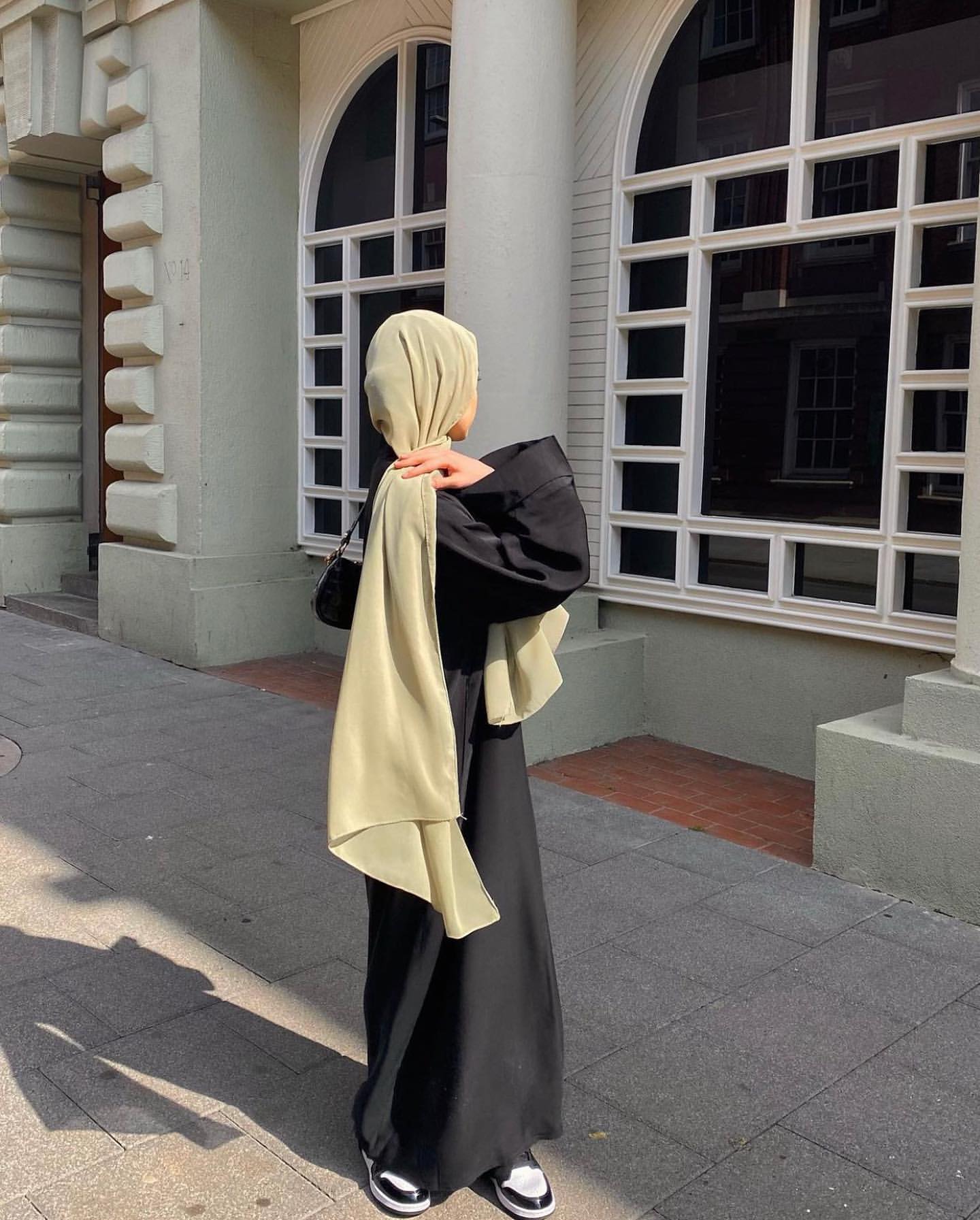
Leave a comment
All comments are moderated before being published.
This site is protected by hCaptcha and the hCaptcha Privacy Policy and Terms of Service apply.